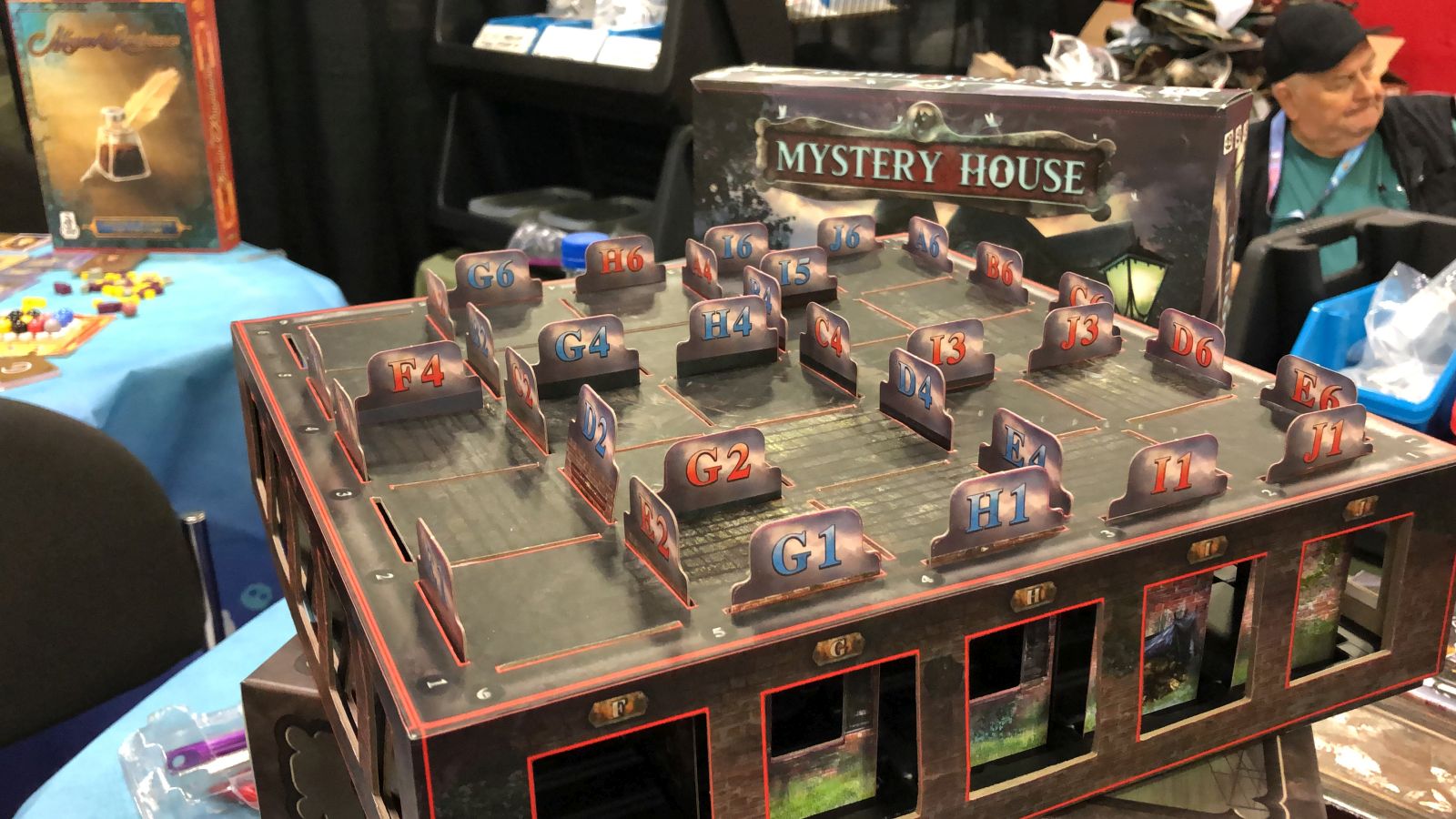
As expected, the experts expressed their skepticism about these theories and chose the attribute A natural origin.įor this reason, instruments operating from Earth to spacecraft are part of it Lunar Exploration Mission Chang’e 4, At that time – early December – at 80 meters, focused on directing it towards an object located close to an impact crater. They referred to everything from “palace on the moon” to “alien abode”. Photo: Author / CNSAĪfter the publication of the photos, Internet users from different latitudes – many speculated about the object – in a paradoxical way. The object captured by the Yutu-2 rover on the far side of the moon. The photographs displayed unusual appearance, but the low resolution made it difficult to distinguish their true nature. Yuttu 2 took the first images of the object last month as part of a new exploration of the Moon’s distant surface.

The latest images were released by the Chinese National Space Administration Cubic formation was found on the moon On December 2, Rover Yout called its outreach program, Over Space, the “Mystery House.” China has also launched the Chang'e 5 T1 test mission around the moon and the Chang'e 5 moon sample return mission.Ĭhang'e 6 will attempt a lunar sample return from the far side of the moon around 2023-24.įollow us on Twitter (opens in new tab) or on Facebook (opens in new tab). The Chang'e 1 and Chang'e 2 missions were orbiters, with Chang'e 3 landing on the near side of the moon with the first Yutu rover. Yutu 2 is part of the Chang'e 4 mission which, like its name suggests, is China's fourth moon mission and the second to deliver a rover to the lunar surface. The whole process is very difficult," Stooke said. "I think China has done a great job operating this rover for almost three years.
MOON MYSTERY HOUSE UPDATE
An update from China will reveal how much closer Yutu 2 has managed to travel to the object since the image was captured during lunar day 36. Yutu 2 was due to complete its 37th lunar day late on Dec. The latest news about China's space program Chang'e 4: Visiting the far side of the moon 1,000 days on the moon! China's Chang'e 4 lunar far side mission hits big milestone "It is hard to be sure about any feature in these images being the 'hut,' which makes me think it is small, only about 1 meter across, and only looks special because it's right on the horizon." On the "mystery hut" itself, Stooke has mapped Yutu 2's travels (opens in new tab), but it is difficult to know where exactly the object is. "Mars is a much more benign environment."Ĭhina's Zhurong Mars rover has already covered nearly 4,265 feet (1,300 m) since landing on the Red Planet this past May, using partially autonomous driving due to the extensive light-time delay. "Apollo astronauts had to land just after dawn and leave before it got too hot, with things like their rover unable to operate around lunar noon," he said. Requiring a relay satellite for communications - due to operating on the far side of the moon, which never faces the Earth - is another potential factor in limiting Yutu 2's speed.Īnd shutting down around noon is no surprise, Stooke noted.

The rover also carries science payloads, including panoramic cameras, a near-infrared imaging spectrometer and ground-penetrating radar, and frequently stops to collect data with this gear. Yutu 2 needs to avoid numerous craters that could trap the vehicle. This limits them to a maximum of about 8 to 10 meters per drive, and it all takes time."

"They analyze the map and choose a path for the next drive.
MOON MYSTERY HOUSE FULL
"After a drive, the rover takes images for a full stereoscopic panorama, and the team on the ground make a topographic map showing obstacles and slopes all around the rover," Stooke said. But China has been much more cautious and has adopted a style of driving like that used on Mars," Stooke told. Their maximum drive in a single shift was 3,000 meters.
MOON MYSTERY HOUSE TV
"Soviet engineers drove the Lunokhods 'live' with TV images showing the scene ahead.

While Soviet Lunokhod moon rovers covered much greater distances - Lunokhod 2 traveled 23 miles (37 kilometers) across the lunar surface in 1973, for example - they did so under very different circumstances and with different science goals. Phil Stooke, professor emeritus and adjunct research professor in the Department of Geography and Institute for Earth and Space Exploration at the University of Western Ontario, has followed Yutu 2's activities closely. And the complexity of route planning and execution and meeting science goals leave less time for actual driving.


 0 kommentar(er)
0 kommentar(er)
